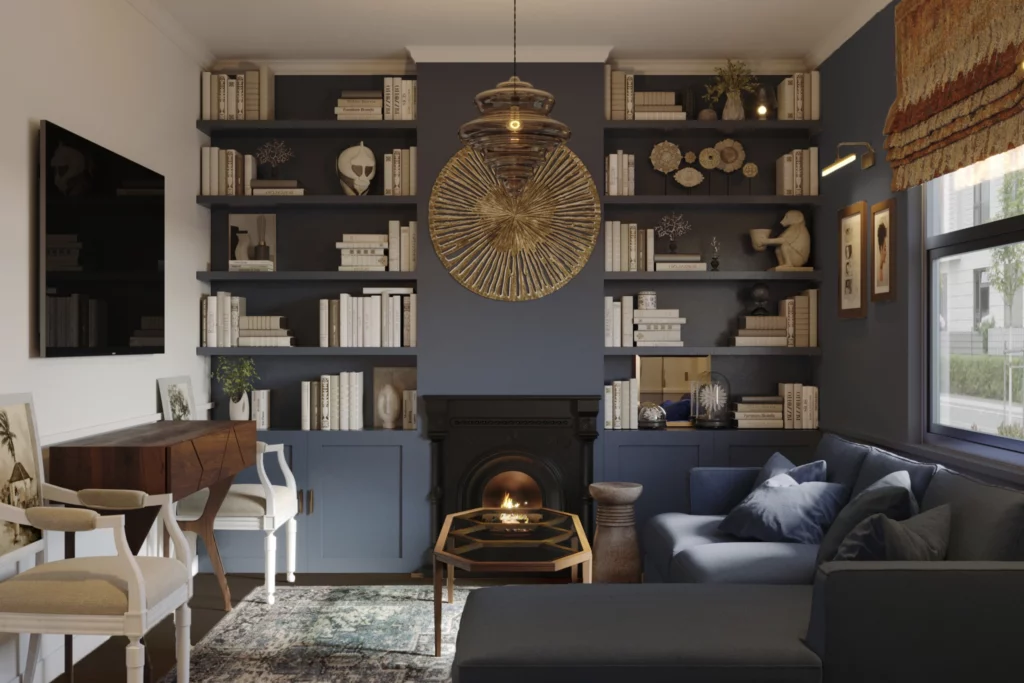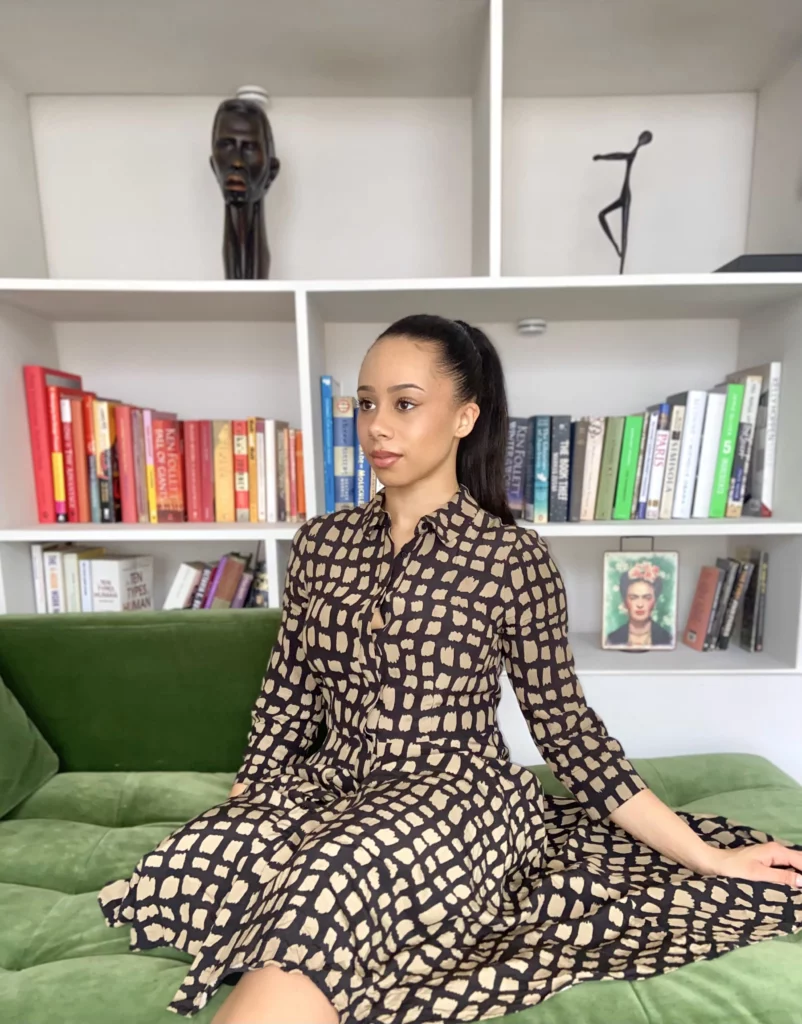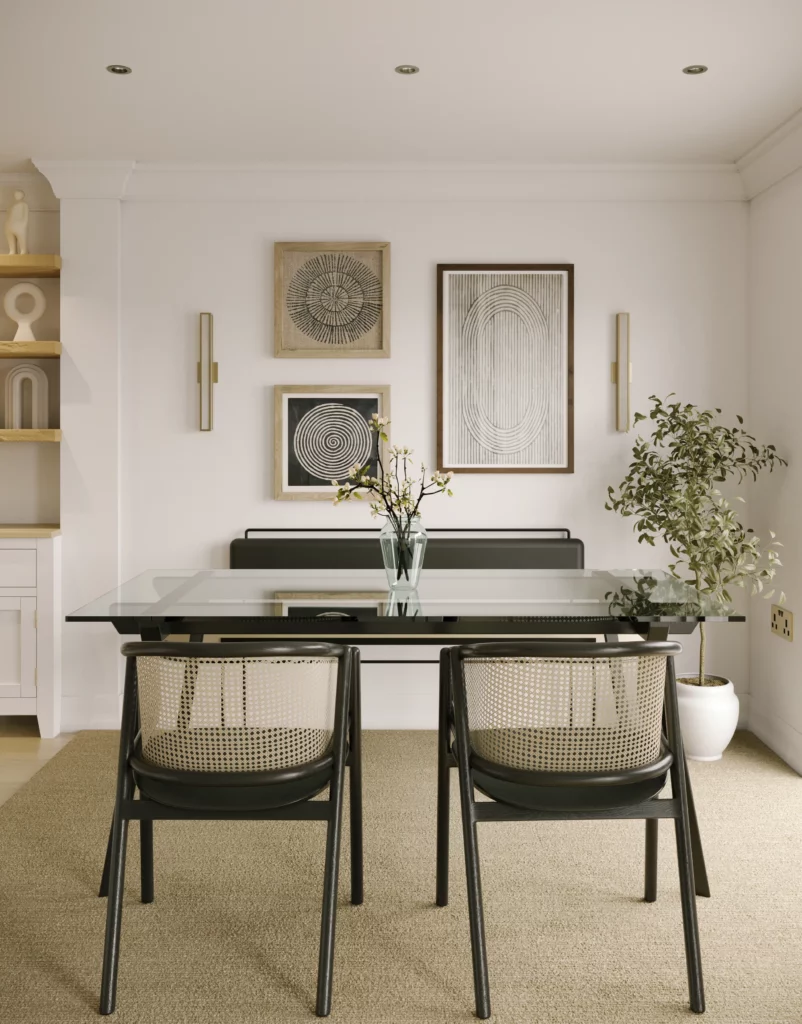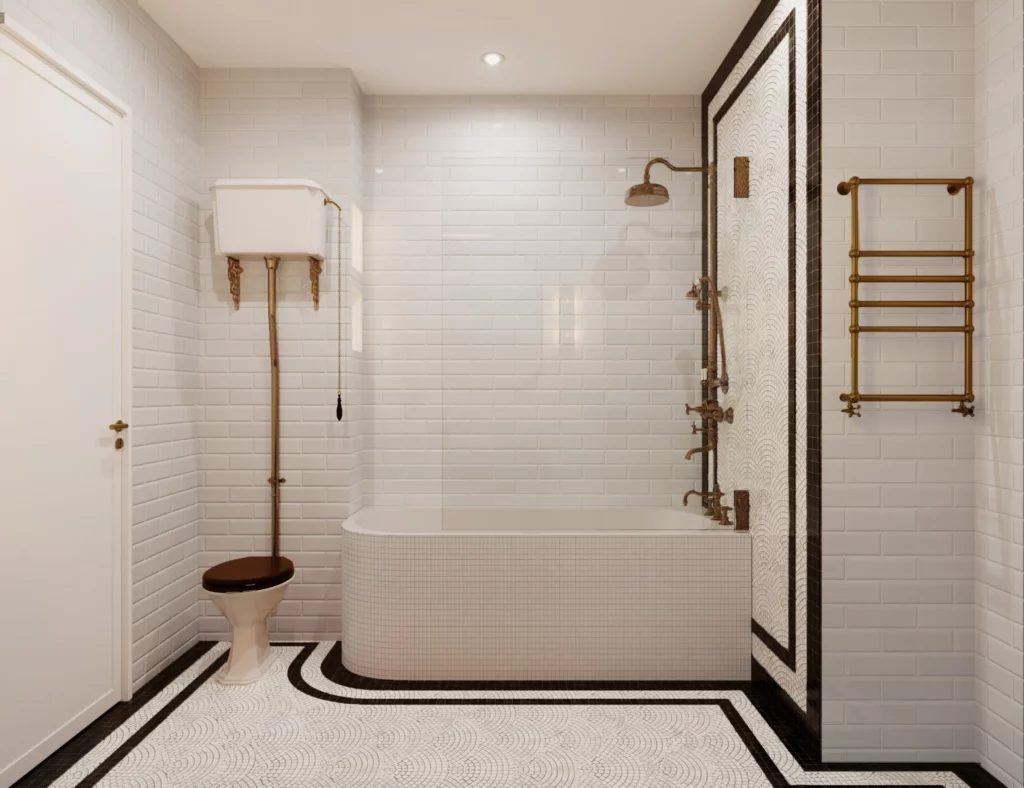Neuroaesthetics: learn what it is and how it can help you create a more intentional design scheme with interior designer Bee Janaye

Founded by interior designer Bee Janaye, Atelier Janaye is a multidisciplinary design studio specialising in neuroaesthetics (the scientific study of how the brain responds to art) to create homes that connect to the mind on a deeper level.
“Sometimes, people need more than just a space to feel gratification – it is about opening up the possibilities of creating something which evokes passion, creativity, joy, peace, reflection and everything in between,” says Bee.
Hoping to inspire more research into neuroaesthetics, Bee chatted to us about Atelier Janaye, designing a home that works with your mind and the one often overlooked detail that can impact how you feel in a space before you even enter it.
Can you tell us more about Atelier Janaye and your research into neuroaesthetics and interior design?
Atelier Janaye is a boutique studio based in London. We specialise in neuroaesthetics, specifically looking into how the brain responds to a curated space.
Neuroaesthetics is a relatively new field – a sub-discipline of empirical aesthetics (which uses science to understand how we experience and create objects aesthetically). We aim to demonstrate that a curated space can be perceived and experienced – therefore studied – as art.
Through this, we hope to influence and inspire research in the field, with an aspiration to create a movement towards more intentional, inclusive and holistic design elements that are ultimately more sustainable.

How do you approach designing a home that works for your client and their unique mind?
We always begin by understanding how our client wants to feel in their space. Sometimes this is uncovered through insight into their lifestyle, passions and aspirations, and sometimes a person knows what’s missing.
We like to find new ways to get to know our clients, and we place emphasis on aspiring to improve their lifestyles through our creative process.
Uniqueness is very much a non-negotiable for us when we’re assessing a brief during a discovery meeting. We’ve created a space for clients to feel comfortable expressing their needs to us, however curious or creative they may be. Sometimes, people need more than just a space to feel gratification – it is about opening up the possibilities of creating something which evokes passion, creativity, joy, peace, reflection and everything in between – that guarantees a unique space which will continually serve the people who pass through it.

What are the key things to consider when planning a lighting scheme for your home?
Lighting is one of the simplest ways to impact mood. We always revert back to function, focussing on layering and control, challenging ourselves to integrate the lighting scheme with the concept. How can intentional lighting lift particular features, and how can this be implemented into the ideal lifestyle we’re curating?
We might create lighting zones for an evening dining area or spotlighting treasured artwork pieces. How will the circuits be considered to create a cohesive scheme – can we bring two spaces together with a unified lighting control? These are all things to consider.
How can you make a small room appear larger through interior design?
Using all of the vertical space is a great way to maximise smaller rooms. Always look for the potential and then celebrate it. In London, this is often beautiful original coving, high ceilings or tall windows; we amplify these features and envision statement design detailing to best complement them.
“How can intentional lighting lift particular features, and how can this be implemented into the ideal lifestyle we’re curating?”
Which feature often gets overlooked when designing a home?
The door into a space can be completely forgettable or give a lasting first impression. We like to accentuate design detailing here, from bespoke carpentry to unique ironmongery with extra weight, width and height whenever possible! It can add drama and quality to any space and always helps us to create a narrative for our concepts.
Opening and walking through a door is an interactive moment that can be easily missed but has great potential to entertain tactility and explore experiential design.

How do you strike the right balance between designing a relaxing yet functional home?
Relaxation is when your mind rests, which looks different for everyone. Some clients need visual minimalism to relax, and others need organisation and easy accessibility. It always comes down to understanding the central needs of the space rather than following trends or aspiring to a home designed for someone else’s lifestyle.
Whether self-renovating or working with a designer, the priority should always be to have an honest conversation about how your space should work for you. Begin with layout – understanding the ergonomics of the floorplan and how movement flows – work on creating an intentional and fluid design, and then develop the aesthetic direction.
Head over to the Atelier Janaye website to enquire about Bee’s unique interior design services, or follow @atelierjanaye on Instagram to see some of their beautiful work.
Looking for more inspiration? Discover exclusive hints and advice from established design professionals in our Interior Designer Secrets series.
